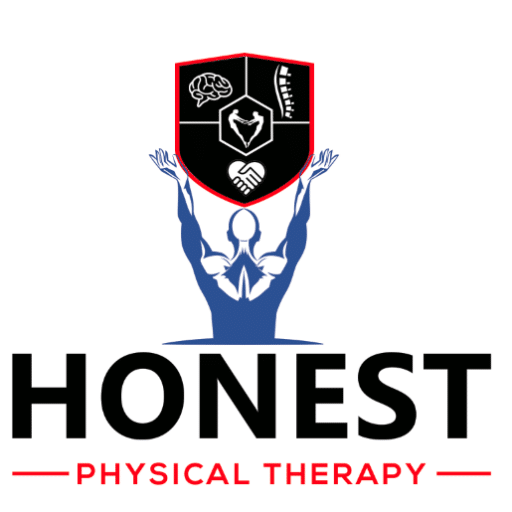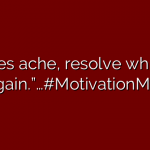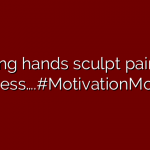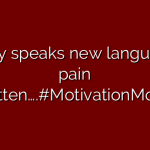Transcript:
[Music]
So, in order to talk about disc issues, we should probably start with talking about what exactly is a disc issue. So, there’s essentially four types, and they all produce their own myriad of symptoms. I’ll try to keep it simple for you.
The first one is degenerative disc disease. It’s essentially natural wear and tear of the discs that occur with age, but you can get early onset degenerative disease if you have a major trauma. For example, if you were in a pretty serious car accident, often you’ll see those things start to speed up the wear and tear process. Essentially, what happens is the discs start to lose moisture elasticity, they become less effective at cushioning you, and they bulge or herniate.
So, this model here will help me explain. If you can see it, these spaces between the white are discs, and those spaces should be maintained. Degenerative disease is where everything’s just getting closer together, which can then lead to the second type of disc issue, which is a herniation. That’s essentially where the gel material in the disc pushes through a tear in the outer wall. So, it puts pressure on nearby nerves, it leads to symptoms, gives you tension aches, it can lead to even things such as the next issue, which is radiculopathy.
Radiculopathy is a fancy term for any condition that affects nerve roots. So, if we go back to this model here, these yellow things sticking out are nerve roots. Think of this essentially as a centipede, is what I tell people, where the body of the centipede here is your spinal cord inside the vertebrae, which you can’t see, but you can see the little legs here. Here are the nerve roots. So, if you have, like, a C5 compression, you’ll likely have pain running down your arm, and that would be called cervical radiculopathy. It could be a disc issue that causes it, it could be bone spurs, and there’s other factors.
Lastly, there’s stenosis, which is a narrowing of the canal that the nerves run through in your neck. It can compress the spinal cord, which would be central canal stenosis, or it can be more of a facet joint one, which would be these lateral ones here. There’s fancier names for that as well. So, just so you know, this is the only one that’s truly permanent, but it may never produce symptoms. There’s tons of people walking around with many of these all at once. Some of my older patients have stenosis and they also have disc issues and they also have degenerative disc disease. Just because you have it doesn’t mean it’s going to be a problem.
So, that being said, you know, a lot of this is not permanent and it’s all manageable. You just gotta put the work in.
[Music]






